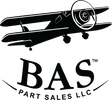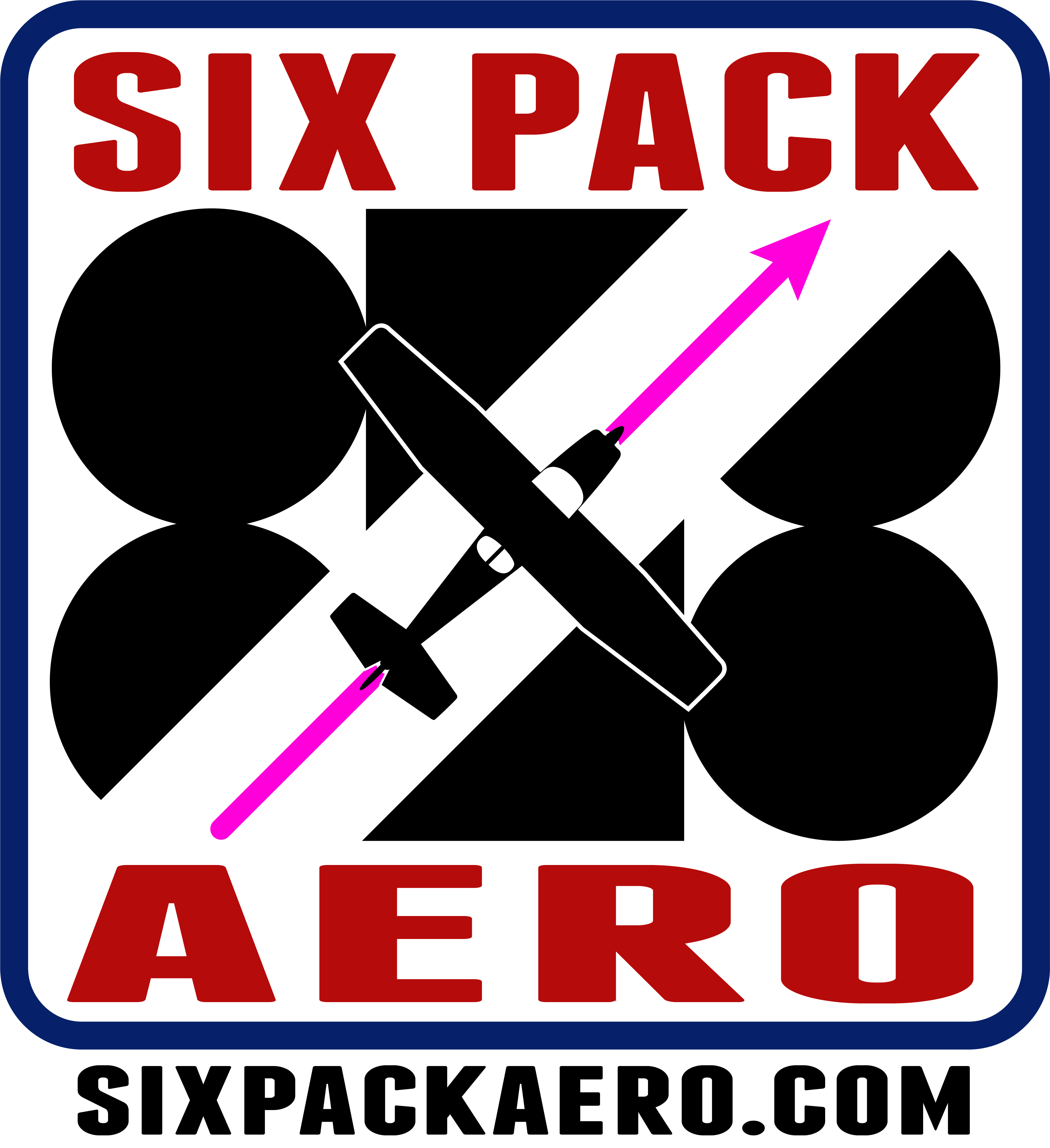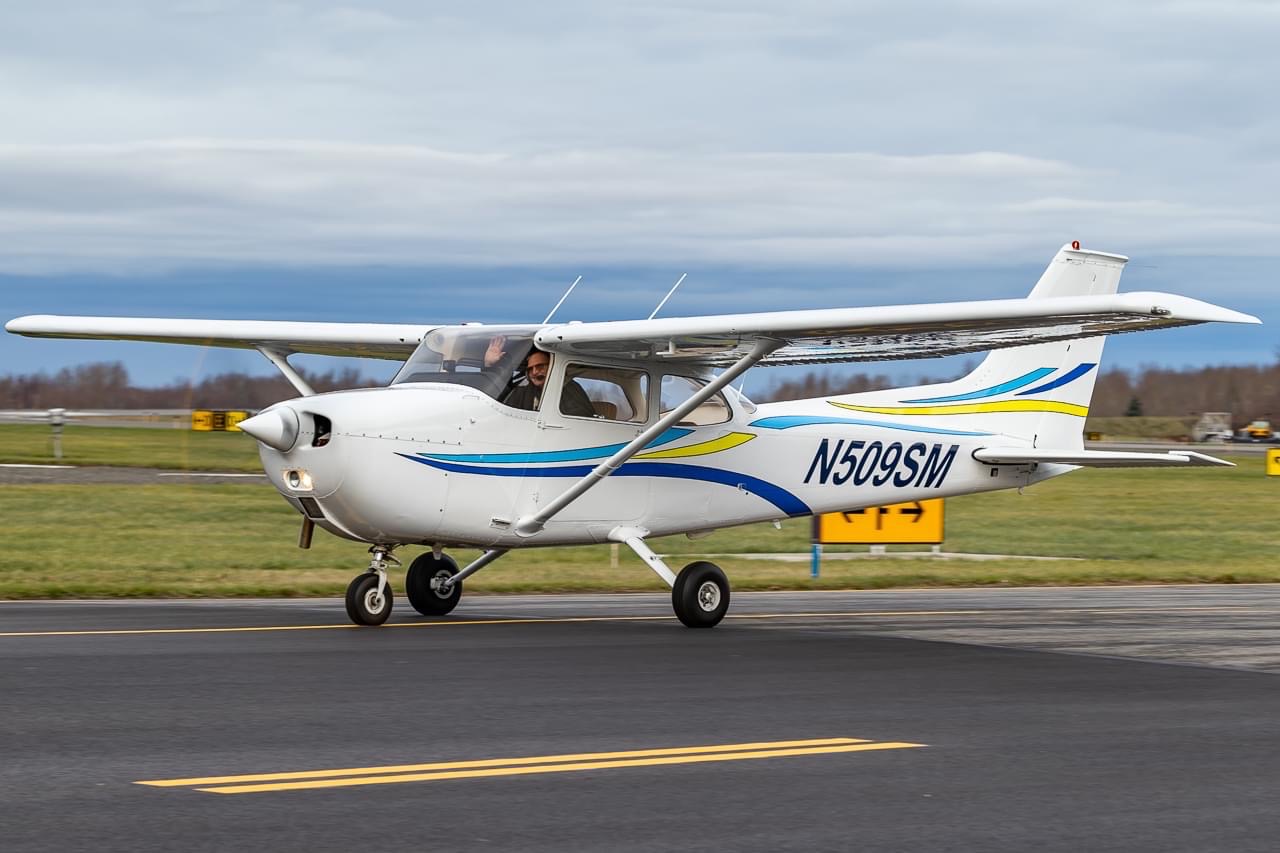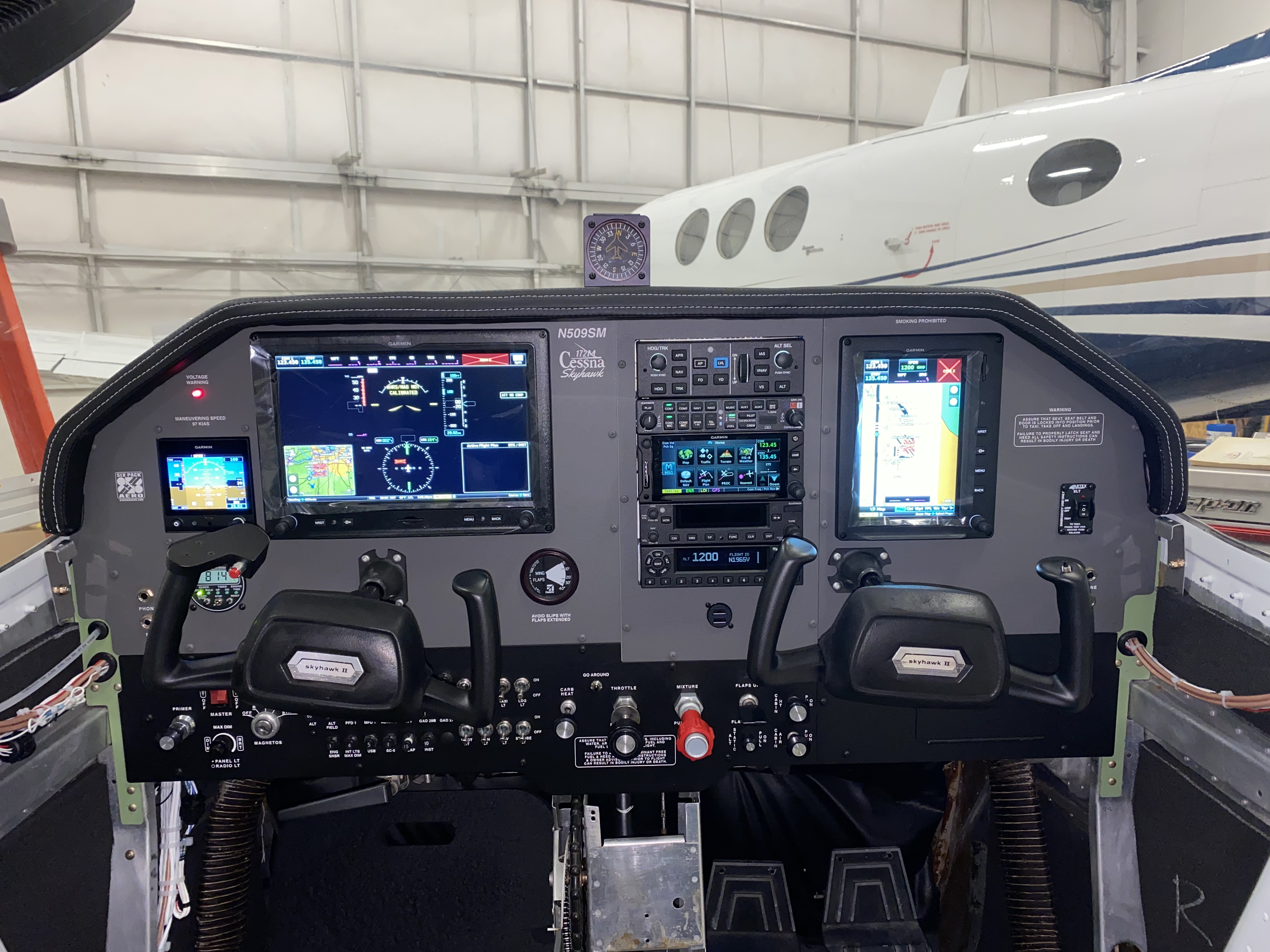Six Pack Aero – Affordable Instrument Panel Solutions for Cessna Owners
Posted by BAS Part Sales | Guest Blog by Elizabeth Gibbs from Six Pack Aero on Oct 5th 2023
This article was written by Elizabeth Gibbs from Six Pack Aero. BAS Part Sales has been delighted to be a part of the Six Pack Aero success story and was excited to work with Elizabeth on this guest blog opportunity. Read on for some background and history of the 172 six-pack panel and how you can upgrade your 172 with Six Pack Aero's outstanding products.
In 2018, a pair of colleagues and fellow student pilots decided to embark on an adventure and purchase a Cessna 172. Back then, we didn’t know a 172B from a 172P, nor did we understand why there was such a price difference between the 145hp O-300 with manual flaps and the newer 150/160 hp models. What we did know was that some of the older 172s had some pretty crazy instrument panel layouts, and we knew that we wanted as close to a “six pack” as we could find.
Our search finally landed right on the ramp of our home airport, Bellingham International (KBLI), where a 172L had been sitting, not flying, for a few years. It would be a bit of a project, but it was right on budget. Lyle Jansma, owner of Six Pack Aero, bought the airplane (which I would eventually become half owner of), and we embarked on the journey of fixing it up.
This was the start of our journey to building an aviation company, along with the start of our continued business with BAS Parts Sales.
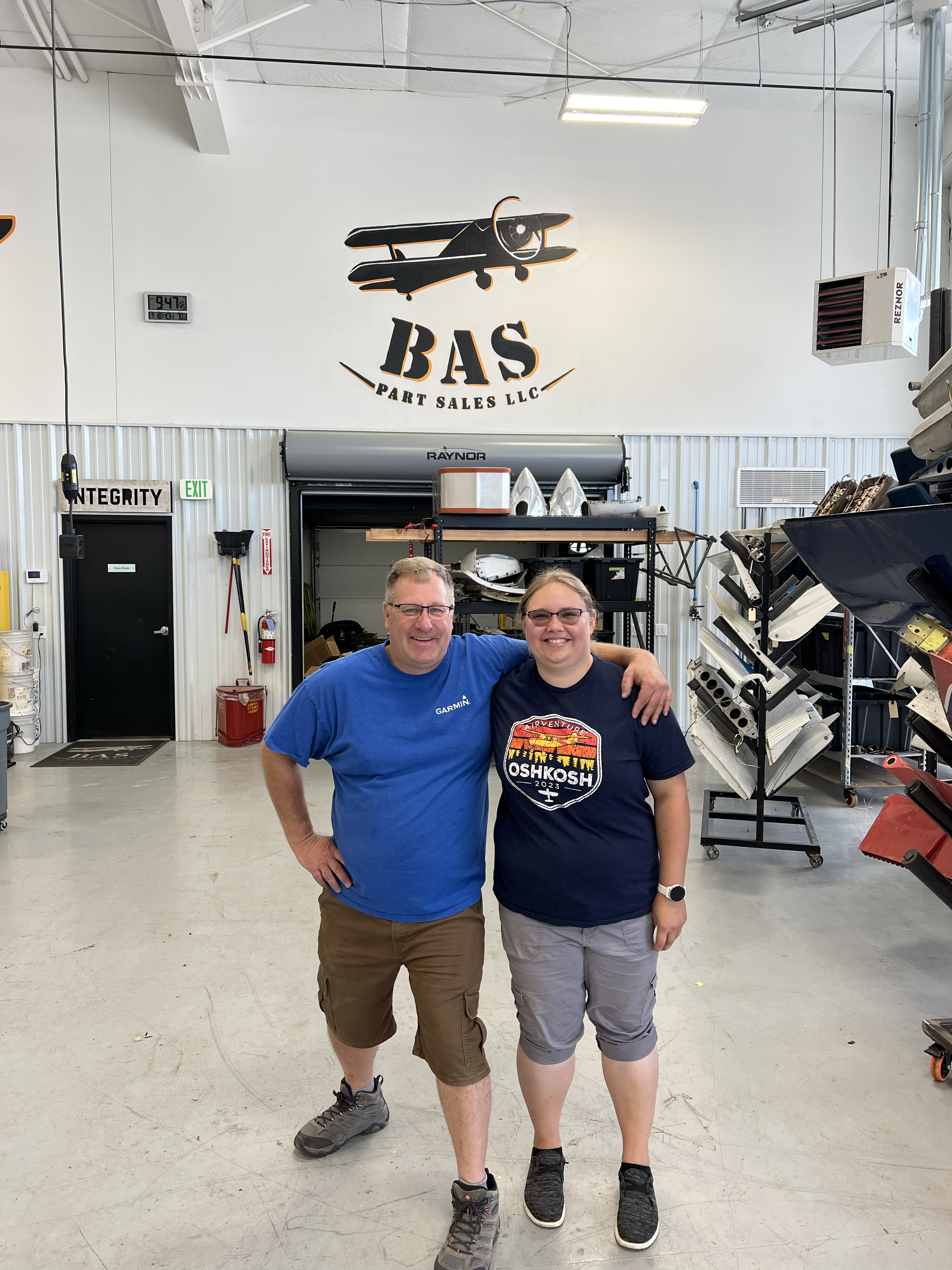
It took quite a lot of work and a few salvaged parts to get our 1971 model flying again. We were able to earn our private pilot certificates by the end of 2018, although it was not without some mechanical challenges. The main challenge was a failing vacuum system and spinning gyros. It was an easy decision to install a pair of Garmin G5 instruments, and we pondered how cool it would be to take our instrument panel from the offset layout of the 1971 model and make it match the “six pack” of the 172N we had started our training in.
The true education began as we discovered the differences between all those 172 models. It turns out that prior to the 1976 172M, the control yoke was actually 1-1/2” higher than in later models, which was the reason for the offset instrument layout. In order to make any changes, it would have required cutting into the structural stationary panel. At the time, we decided to keep the offset layout, but flush mounted our new G5’s in a custom aluminum panel that we built ourselves as an “owner produced part”. When we shared our upgrade, others began to reach out for help in upgrading their instrument panels with our custom aluminum panels. With a goal of helping owners to be able to modernize their cockpits for a reasonable cost, we worked with owners to create custom replacement shock panels and overlays, with powder coating and laser engraved markings.
As systems such as the Dynon Sky View and Garmin G3X were certified for the 172 and becoming more mainstream, we started getting more and more requests for not only these, but also that elusive “six pack”. Owners who trained in N, P, R, S, and SP models would buy the 1960’s and early 70’s models and want their instrument panels to look like those they had trained in. Unfortunately, the structural stationary panel limited the type and layout of avionics that could be installed.
Lyle endeavored to create a solution for a looming problem – people improperly modifying structural panels to fit their desired avionics. He began to create concepts for the Legacy XL Stationary Panel in 2020, and Six Pack Aero was officially born.
We were told early on that we should pursue an STC for this replacement stationary panel, and so we began the long process of obtaining certification for this product. During the certification process, Lyle began searching for a test aircraft to receive the first panel. A friend had recently gotten a deal on the purchase of a hangar and an airplane – a derelict 172 that had once been a well-known local training aircraft but hadn’t flown in many years. It was the perfect candidate for the test aircraft.
Lyle shared a post about the project to a local aviation Facebook group, and sparked the interest of Steve Compton, who had been searching for a 172 to purchase. Steve was intrigued that this old airframe would soon be updated with the capability to install a 10-inch Garmin G3X PFD and a 7-inch G3X MFD, with a full radio stack. This airplane would be significantly more capable than the standard 172 he was used to renting. Steve bought into the project and was able to get the avionics, interior, and paint done the way that he wanted in his dream airplane. Not only that, but the airframe was completely gone through with new cables and pulleys, engine controls, all new wiring, and new LED lights, to name a few upgrades.
With the Legacy XL Stationary Panel, the old derelict 1975 172M was outfitted with a complete glass panel and a full Garmin radio stack. What began as a $20,000 derelict airframe could now easily sell for over $250,000.
Working through this project enabled us to refine the design for the new Stationary Panel and also prove the concept that these old airframes could be brought back to life as good as many of the newer models out there. We were able to obtain the STC by the end of 2022, just weeks after submitting our data package to the FAA – who acknowledged that our replacement Stationary Panel would provide a solution for avionics upgrades in these older aircraft.
Completing the restoration of the 172M inspired us to continue to push that the Cessna 172 is absolutely worth the effort. Over five years later, we are still flying our own 172, and have found that this airplane does 90% of what we want to do and 100% of what we actually do. We believe that any model of 172 is a capable airframe that is worthy of repair and restoration in order to keep the fleet in the air. Our Legacy XL Stationary Panel not only provides an avenue for aircraft to be upgraded to glass cockpits, but during the installation it affords an opportunity to maintenance and repair many components that can help prolong the life of an older airframe.
The Legacy XL Stationary Panel Kit is a complete kit which offers a new structural stationary panel and five modular cover panels which can be configured to an owner’s desired layout, and are easily upgradable for the future. The kit includes everything you need for installing any avionics that an owner desires. Some of our customers have included Iowa Lakes Community College, who is upgrading its entire fleet of 172L and M models with the Legacy XL Stationary Panel and a dual Dynon Sky View system. Other customers have installed the Legacy XL Stationary Panel to fix problematic prior installations, and even to standardize the older 172s to match later model 172s in a flight school fleet.
Currently, the Legacy XL Stationary Panel Kit is available for Cessna 172s models E through M. Thanks to working with BAS Parts Sales to obtain a test fuselage, we will also soon add the 172 B, C, and D models. We recently made the trek from Bellingham, WA to Greeley, CO to pick up a 172C fuselage which will receive the first stationary panel designed for these models. Most Cessna 182 models are also on the horizon.
The Legacy XL Stationary Panel Kit can be purchased directly through Six Pack Aero. Visit the Six Pack Aero website to learn more.
